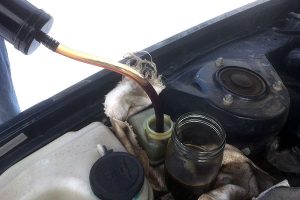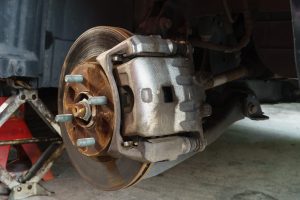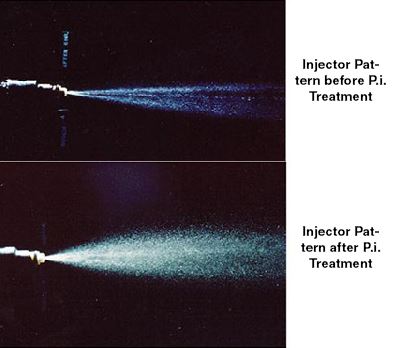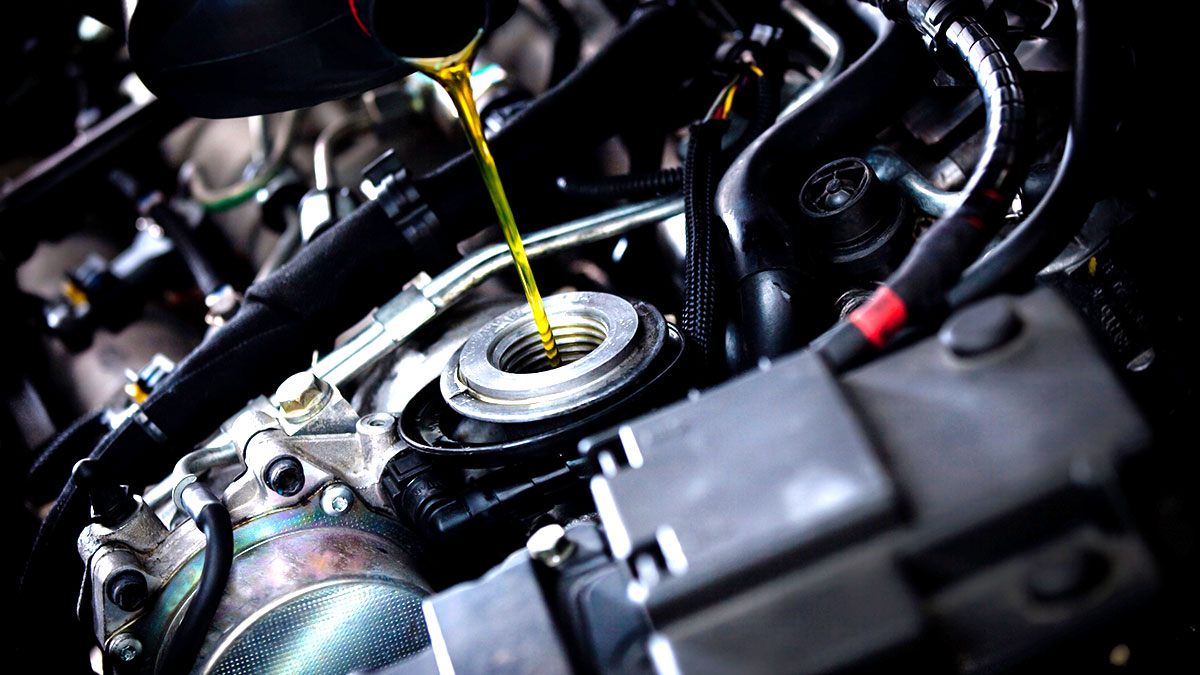The average car on the road in the U.S. is nearly 12 years old, and the average owner puts on about 13,500 miles per year. If you’re one of these frugal folks – congratulations. But a vehicle that has accumulated 200,000 miles is going to have a few battle scars. Here, we offer several 200,000-mile car maintenance to-dos to help keep your four-wheeled warrior humming along.
1) Seek out seals
Time takes its toll on all of us. Your vehicle’s axle, driveshaft and other seals are no exception.
Seals are out-of-sight, out-of-mind, meaning we don’t think of them until we notice a small transmission fluid or gear lube stain on the garage floor. Eventually, that small stain grows into a big problem.
Replace seals before they leak to help avoid a mess on your garage floor or, worse, the loss of fluid, which can lead to overheating and wear. Bad seals allow dirt and other contaminants to enter the system. Soon the fluid goes bad and can lead to expensive repairs or a breakdown.
2) Change your power steering fluid
Power steering fluid may not appear degraded, but its anti-corrosion and anti-foam additives deplete over time.
This accelerates wear to the pump and rack. Sometimes if the fluid has degraded, you’ll hear a high-pitched whine coming from the pump.
Be proactive and change the power steering fluid. A simple but effective method is to use an extraction pump or turkey baster to remove fluid from the reservoir. Top-off the reservoir and drive for a while. Repeat the process a few times for a simple power steering fluid change.
3) Brake fluid maintenance
Brake fluid naturally attracts moisture, which can enter the system through microscopic pores in the brake lines and through the reservoir cap. The fluid can only handle so much water before it’s compromised, which reduces its boiling point and performance. This leads to brake-line corrosion and, worse, a spongy pedal. Soft brakes are not only annoying, they’re dangerous.
A good rule of thumb is to change brake fluid every other year. It’ll help prevent the lines from corroding and ensure a safe drive.
Make sure you use a brake fluid that meets the correct DOT classification for your vehicle. Find out more about that here.
4) Clean the mass air flow (MAF) sensor
Your engine has consumed tons of air on its way to 200,000 miles. The MAF sensor measures the mass flow rate of air into the engine.
The engine’s computer uses this information to inject the correct amount of fuel into the engine to achieve optimum efficiency depending on operating conditions. Over time, the sensor can become dirty and provide false readings. Common symptoms of a dirty MAF sensor include reduced fuel economy and a rough idle.
Clean the MAF sensor with a cleaning product specifically designed for the task. Not every cleaning product out there is meant for MAF sensors, so read the label carefully.
5) Clean the fuel injectors
To reach 200,000 miles, an engine will burn 8,000-10,000 gallons of fuel. In each fuel injector, a small needle opens and closes millions of times as thousands of gallons of fuel are burned in front of it.
Plus, the fuel is sprayed through tiny openings in the injector tip. Dirty fuel and extreme heat – especially in direct-injected engines – cause carbon to build up on the injector tips. This interferes with the spray pattern, reducing power and fuel economy.
Use a good fuel additive, like AMSOIL P.i., every few thousand miles to keep the injectors clean and firing properly. You can see below how effectively AMSOIL P.i. cleans injectors and helps restore the spray pattern. This translates into maximum fuel economy and horsepower. In fact, P.i. restores up to 14% horsepower in one tank of gasoline.1
6) Assess the AC
Your air conditioning may not be what it once was due to a plugged cabin air filter (which you can find out how to change here), stuck blower doors or a weak blower motor.
Use an anemometer, which measures air speed and temperature, to find air-flow restrictions and determine if the system needs to be recharged. If you’re going to go beyond 200,000 miles, you want to be comfortable, so do a little AC maintenance.
7) Replace engine and transmission mounts
Call me Captain Obvious, but holding the engine and transmission in place is an important job.
Constant torque and vibration can cause the metal and rubber in these mounts to crack and eventually break. In general, worn mounts don’t provide much early warning, but when they go, it’s noisy, rough and potentially dangerous.
Next time you’re under your vehicle, examine the engine and transmission mounts for cracks. Replace them as needed.
8) Timing-chain tensioners
Made from composite materials and actuated by springs or hydraulic pressure, timing-chain tensioners can wear and become brittle due to the number of engine-heat cycles. Hydraulic tensioners can also wear and leak. In addition to illuminating the engine light, symptoms include noise and rough running.
As its name indicates, the timing chain controls the timing of valves and pistons. When it or the tensioners fail, the engine usually goes with it. Replace the timing belt and tensioners according to the recommendations given in your owner’s manual.
These are just a few important 200,000-mile car maintenance tips to help keep your car on the road. Let us know in the comments what you’ve done to keep your high-mileage warrior on the road.
Updated. Originally published May 22, 2018.
1Based on third-party testing in a 2016 Chevrolet* Silverado* 1500, 5.3L V-8 GDI with 100,616 miles, using one tank treated with AMSOIL P.i. Actual results may vary.









Comments
Share: